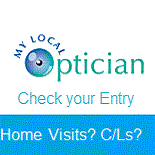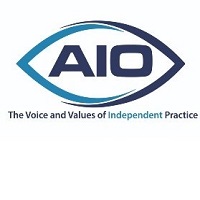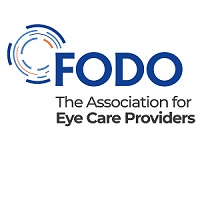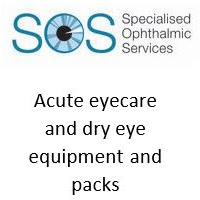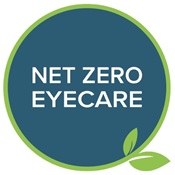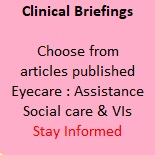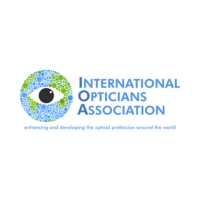General News
GPs struggling with unnecessary appointments about eye conditions
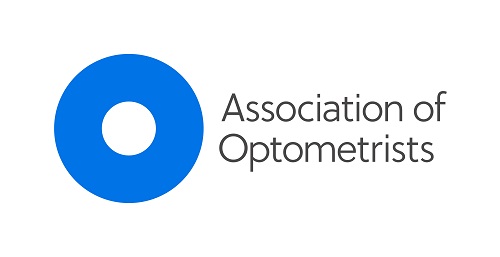 AOP Highlights GPs struggling with unnecessary appointments about eye conditions
AOP Highlights GPs struggling with unnecessary appointments about eye conditions
Millions of appointments for common eye conditions placing ‘unnecessary demands’ on struggling GPs
Three-quarters of high street optometrists have seen a patient in the last six months who had initially approached a GP
- Public poll shows a third (32%) of people who experienced an eye condition in the last five years approached their GP first – with another third (31%) choosing healthcare routes other than opticians
- Hay fever-related eye conditions alone make up 1.35m GP appointments in the UK each year
- It is a potentially worsening picture with more demand on GP appointments, as younger people are far more likely to visit their GP with eye complaints
- Adam Sampson, Chief Executive of the Association of Optometrists (AOP) says the current system is “failing patients” and making unnecessary demands on a GP service “already on its knees”
Many people suffering from eye-related conditions are turning to GPs, not eye professionals, for care – with optometrists saying this is putting avoidable pressure on struggling GP services and in extreme cases even putting patients’ vision at risk.
The new findings1 from the Association of Optometrists (AOP) found that three-quarters (75%) of optometrists have seen a patient in the last six months who had booked a GP appointment.
New polling among members of the public2 who had developed an eye-related ailment in the last five years supports this, with almost a third (32%) saying their first port of call for their eye condition was their GP, and just one in three (37%) opting to approach their high street optician first.
Two in five (41%) of those who didn’t approach an eye-care specialist in the first instance, did so because they thought they were taking the right route.
GP practices are delivering two million more appointments a month compared to pre-pandemic figures.3 Many patients are facing problems securing an appointment as a result, and the latest data shows some are waiting up to a month in parts of the UK while others are turning to private care.4
Furthermore, GP practices experience avoidable spikes for common conditions such as hay fever, with 1.35m appointments delivered by GPs that could easily come from high street opticians.5
The AOP data suggests the issue could worsen as figures show it is younger people who have adopted the habit of approaching GPs first with eye ailments.
More than two fifths (43%) of those aged 18-44 approached a GP first with eye issues, compared to just 18% for those aged 55 and over.
Conversely, only around one in five (21%) of this younger age group approached a high street optician, whereas 59% of those 55 plus did.
In the research, optometrists shared cases which show that the current system is failing patients:
- “One patient went to a GP three times and was given dry eye drops the first, antibiotics the second, and finally told go to an optician. The patient had uveitis (a potentially serious condition). They were referred urgently and were admitted to Great Ormond Street Hospital.”
- “In one case the patient was told by their GP that it was “just a virus” and that it would ‘go away’ – it was Stevens-Johnson syndrome that required urgent treatment – they were then admitted to hospital.”
The overwhelming majority (81%) of those people surveyed who had an eye condition in the past five years agreed that GP services are already overstretched and will only get worse.
The majority (84%) agree that they want to be able to access additional health care in the community – including high street opticians, pharmacists and dentists.
 Adam Sampson, Chief Executive of the AOP said: “The threat of strikes is the latest wake-up call that GPs are at crisis point. We need to change our primary care system, which is broken, failing patients, and making unnecessary demands on a GP service already on its knees.
Adam Sampson, Chief Executive of the AOP said: “The threat of strikes is the latest wake-up call that GPs are at crisis point. We need to change our primary care system, which is broken, failing patients, and making unnecessary demands on a GP service already on its knees.
“Our latest data shows 1.35m GP appointments alone each year are used to treat common eye conditions relating to hay fever. And this is the tip of the iceberg. Millions more appointments are used to deal with other eye health issues that optometrists on the high street are trained to manage.
“And crucially, we know the public want to access clinical care locally and recognise optometrists are the eye experts on the high street to do the job.
“Our polling shows the public are deeply worried about the pressure on GPs and agree investment into primary care services including our hardworking colleagues in pharmacy and dentistry is desperately needed. The next Government and the NHS must act.”
Dr Peter Hampson, Optometrist and Clinical Director at the AOP supports the move, saying: “Optometrists on the High Street have the premises, the equipment and most crucially, the clinical expertise to deliver specialist eye care that is accessible.
“Optometrists are qualified to treat a broad range of eye health conditions and have the capacity to do more. But we need the political vision to ensure primary care optometry is utilised, allowing patients to access more eye care in their community which is both timely and high-quality.”
As part of the #One million appointments campaign, the AOP has written to the health teams of all the main parties to make investment in primary care a priority of the next Government.
The AOP is calling on the next Government and NHS England to support a minor and urgent eye care pathway created by the optometry sector, to improve eye care in the local community.






